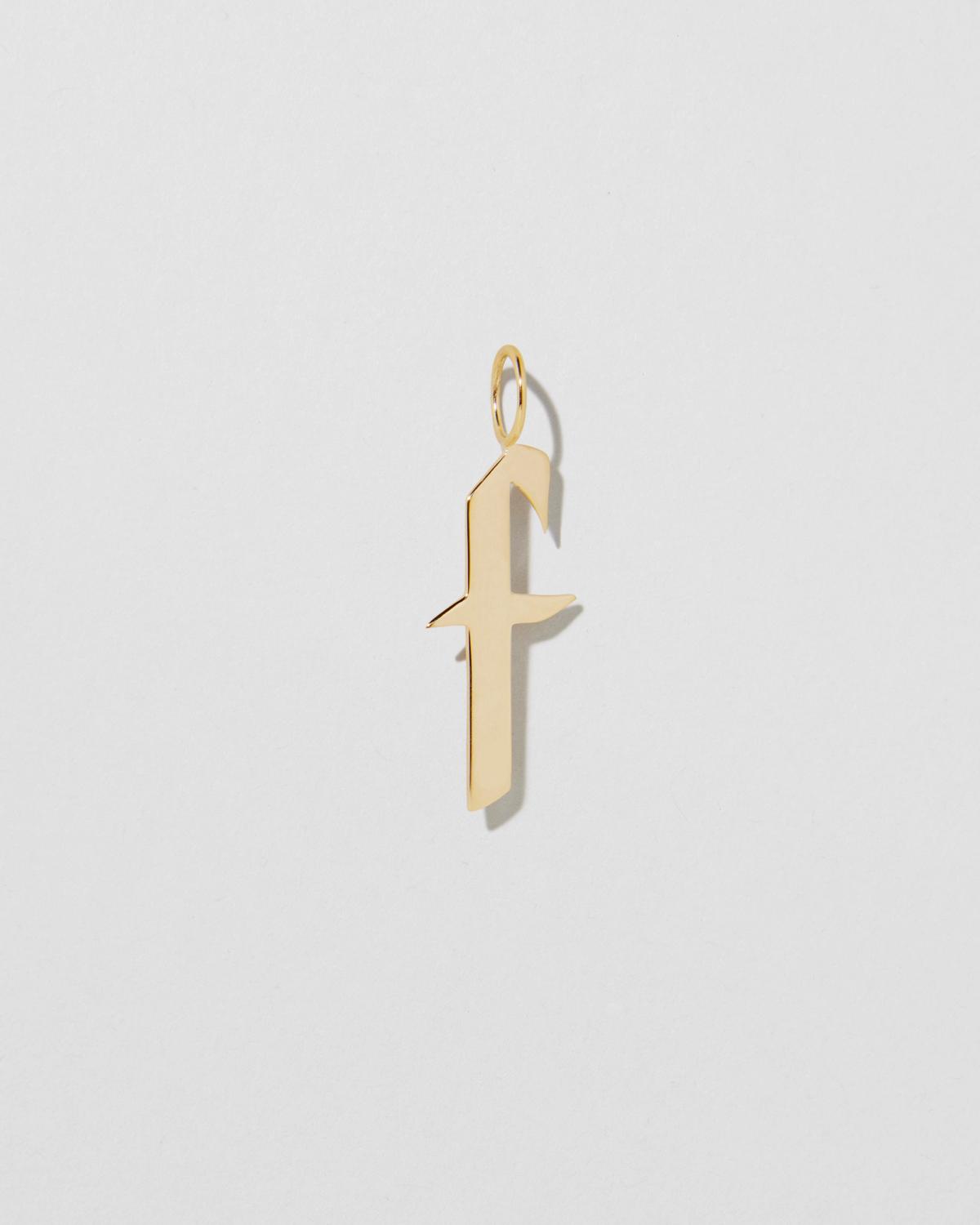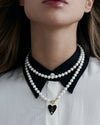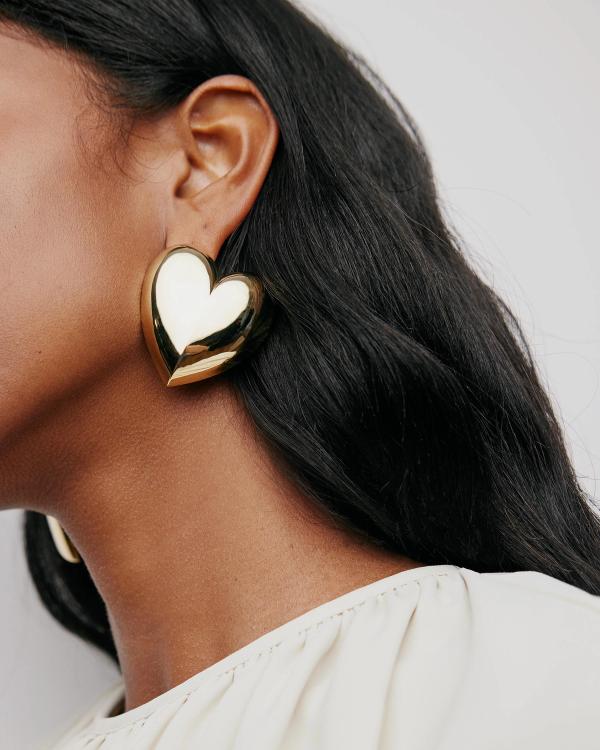How to Clean Jewelry: Gold, Silver & More
Discover expert tips on how to care for and clean your jewelry, ensuring it remains beautiful and lustrous.

Jewelry Cleaning & Care: Keep Your Pieces Shining
Iconic jewelry is designed to be worn—at the office, on your weekly errands, to special events s, or even just at home
But well-worn jewelry is also exposed to the elements. Dust and dirt buildup can impact the shine and appeal of your pieces over time, which is why most jewelry pieces require some degree of maintenance.
If you’re not sure how to clean jewelry, our experts are here to help. This guide breaks down how to clean every piece in your collection, no matter the material: fine metals, pearls, plated jewelry, enamel, charms, and more. We’ll also touch on how to treat your pieces with care during everyday wear to keep them shining for years to come.
Fine Jewelry: Cleaning Solid Metals and Pearls
Let’s start with the basics: how to clean gold jewelry, sterling silver, platinum, and pearls.
Cleaning Gold and Silver
Learning how to clean gold and silver pieces items is relatively simple—you’ll just need a few supplies to get started:
- Warm water – Your cleaning solution doesn’t need to be boiling; if it’s too hot to touch, it’s too hot for jewelry cleaning.
- Mild soap – Unscented, mild dish soap or hand soap is all you’ll need for fine metals. Additionally, you can enhance your cleaning routine by using a specialized jewelry cleaner formulated for delicate metals and gemstones.
- A soft cloth – A microfiber cloth, soft towel, or cotton t-shirt are all perfect for jewelry cleaning. While you can use a soft brush, avoid overly abrasive bristles. Toothbrushes, for instance, are usually too rough.
After combining warm water with a few drops of mild soap (in a bowl or your sink), you have two options:
- Dip – Dip your jewelry into the soapy solution a few times, making sure to wet every surface of the piece.
- Sponge – Dip your cloth or brush into the solution; gently wipe or brush your jewelry item.
While the sponge technique is excellent for spot-cleaning, the dip method typically works better for all-over cleansing.
The most important steps are rinsing and drying your piece after washing. Run your jewelry item under a gentle stream of warm water to rinse off any soap residue, then pat it dry with a gentle clean cloth.
$1,200.00


Cleaning Plated Jewelry, Charms, and Enamel
Like fine pieces and pearls, plated jewelry, and enamel require unique jewelry care tactics to ensure longevity without damage. Let’s break down a few must-know techniques for these jewelry types.
Plated Metals
Some Jennifer Fisher Jewelry pieces are plated, meaning they have two distinct layers:
- A base layer of brass—the foundational material of the piece
- A precious metal coating—10K Yellow Gold, 14K Yellow Gold, 14K Rose Gold, or Silver jewelry with Rhodium (learn more about carats in our guide)
For plated pieces, it’s very important to avoid:
- Scratching the plated layer unevenly
- Over-buffing the plated layer
- Letting pieces stay wet for too long
So, the best way to clean plated jewelry is to wipe the piece with a damp, soft cloth—no chemicals needed (including mild soap). After wiping with water, dry with a separate, soft cloth.
For plated jewelry, a minimal, gentle cleaning process is the best approach.
Charm Jewelry
Both fine charms (pieces made from fine metals) and plated charms will eventually show signs of age. The three most common signs of aging include:
- Darkening at the jump rings – Jennifer Fisher charms are designed to move freely around their chain; so, you may notice a darkening in the jump rings (the metal loops attaching the charms to the chain) over time. This is completely normal, and you can clean these dark spots with mild soap, warm water, and soft cloths as needed.
- Clouding – In pieces with multiple charms, you should expect some natural clouding over time—typically in areas where charms rub against each other. This process takes ample time and can depend on the weight of the charms, their organization on the chain, and other factors.
- Patina – All metals produce a natural patina over time. This unique, organic substance adds character to a piece; it’s a sign of well-loved and well-worn jewelry withstanding the test of time.
In cases of charm clouding and patina, experts recommend avoiding over-polishing; this can cause uneven wear in parts of the charm over time. Two tactics that work very well for cleaning charms are:
- Wiping with water – Wipe charms with a cloth dampened with warm water—no soap or other solutions are required. While you can clean the jump rings with a mild soap the same way you would clean fine jewelry to remove dark spots, this should be done sparingly and carefully; the charms themselves likely don’t need soap. As always, make sure to wipe the piece dry with a separate, soft cloth after washing.
- Wiping with a dry cloth – Using a dry, soft cloth to wipe dust, debris, and oils off of your charms is a very gentle method that will help prevent patina removal while keeping pieces clean.
Enamel
Enamel is a highly unique material; when well cared for, it can stay lustrous and beautiful for decades. While enamel can be wiped with a soft, damp cloth (without cleaning solutions or soap) as needed, prevention is the best medicine for this material. Our experts recommend taking off your enamel pieces if:
- You’re going swimming – Chlorinated pool water and abrasive salt water have the potential to erode enamel.
- You’re taking a shower or bath – The chemicals in many bath products can degrade enamel over time.
- You’re applying makeup, perfumes, sunscreen, or insect repellent – Like bath products, beauty products and other compounds can fade enamel.
In addition, heavy perspiration during exercise may also take a toll on your enamel over repeat exposures.
Perhaps the most important note about cleaning enamel is that water is the only suitable substance for cleaning it—ammonia-based cleaners can be particularly corrosive to enamel, but even mild dish soap can cause fading over time.
The best approach? Putting on your enamel jewelry after your swim session, shower, or skincare routine.
Dos and Don'ts for Plated, Charm, and Enamel Jewelry
For more fragile plated, charm, or enamel pieces, there are two important guidelines to keep in mind:
- Don’t over clean – Only clean your pieces as needed to prevent damage and uneven buffing. The best approach? Wipe off oil streaks and dust as needed and embrace the natural patinas that will give your jewelry character as it ages.
- Do take pieces off when needed – Plated, charms, and enamel jewelry can be slightly more delicate than fine pieces; to best protect them, we recommend removing jewelry when swimming, bathing, or completing a skincare routine out of an abundance of caution.
Preventing Buildup and Keeping Pieces Pristine
Enamel responds very well to preventative measures, but so do other pieces—fine and plated jewelry alike. Here are a few steps you can take to prevent dust, dirt, and oil from building up on your pieces:
- Store jewelry safely – When you aren’t wearing your pieces, store them in boxes to prevent dust buildup.
- Avoid chemical exposure – While fine jewelry is relatively impervious to compounds like soaps and cleaning products, the most cautious approach is to keep all of your pieces clear of self-care products and harsh solutions.
- Take jewelry off as needed – Taking off and securely storing jewelry before cooking, cleaning, swimming, or working with abrasive materials is the best approach to keeping your pieces clean and sparkling for the foreseeable future.
Discover Must-Have Luxury Pieces from Jennifer Fisher
Learning how to clean jewelry is a must for collectors and casual wearers alike—but preventing debris buildup in the first place is one of the best ways to care for your most treasured pieces.
Jennifer Fisher pieces are built to last, but they demand the same level of care you’d extend to any prized possession: attention to risks and limited exposure to harsh chemicals. are built to last, but they demand the same level of care you’d extend to any prized possession: attention to risks and limited exposure to harsh chemicals.
If you’re looking for a new piece to add to your collection or a thoughtful gift for a fashion-forward loved one, explore our line of fine jewelry, charms, enamel pieces, and more. Featuring a wide variety of finishes and silhouettes, our pieces are perfect for lovers of luxe and luster.











